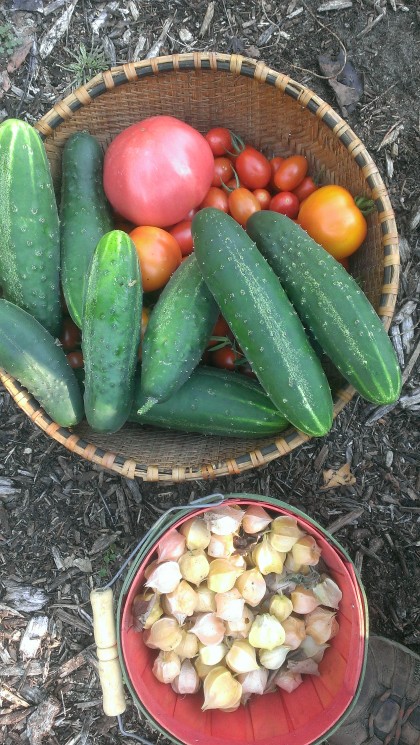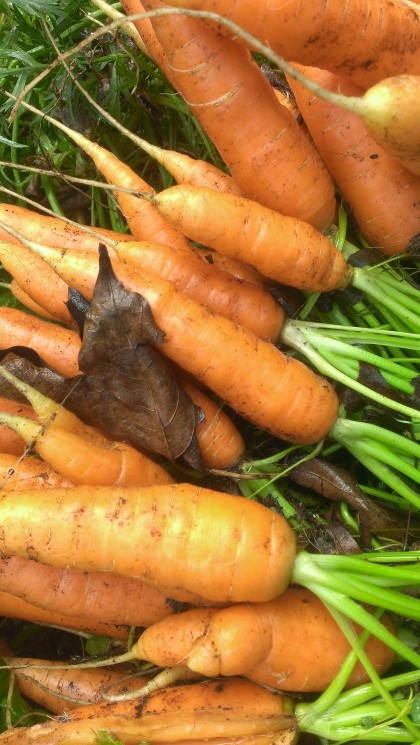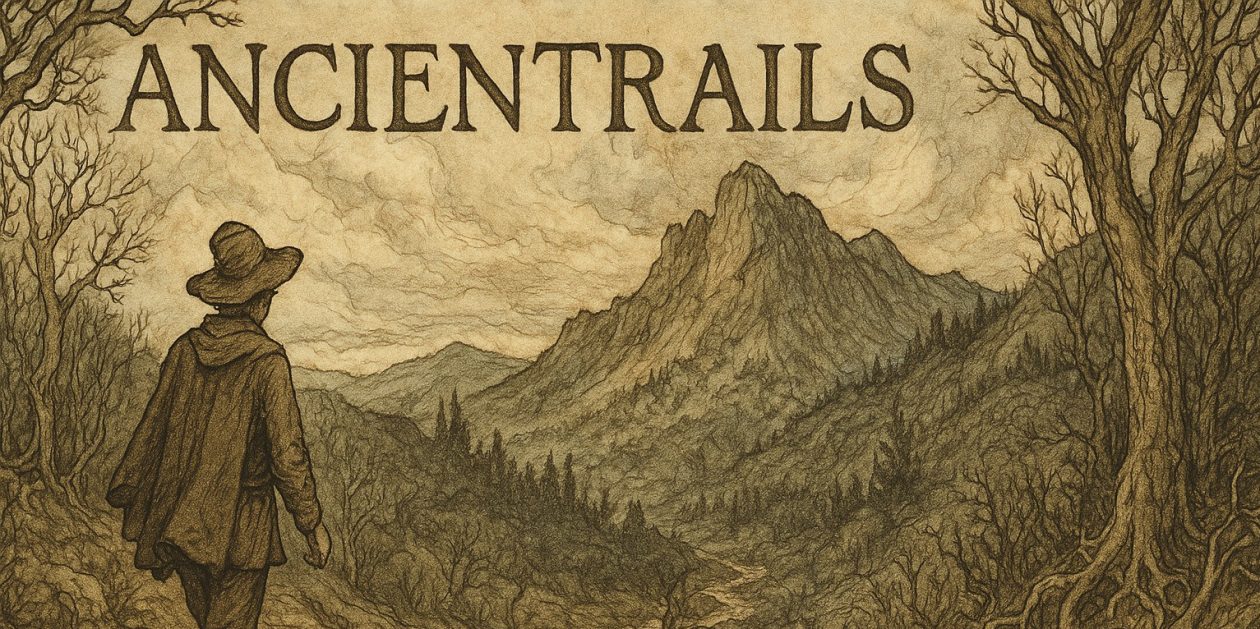Lughnasa Superior Wolf (new) Moon
 Lughnasa opens the harvest season, celebrating the Celtic God of arts and sciences, bright Lugh. Its emphasis on the harvest, however, comes in honor, not of Lugh himself, but of his foster mother, Tailtiu. (most of the information here comes from Myth*ing Links Lammas page.)
Lughnasa opens the harvest season, celebrating the Celtic God of arts and sciences, bright Lugh. Its emphasis on the harvest, however, comes in honor, not of Lugh himself, but of his foster mother, Tailtiu. (most of the information here comes from Myth*ing Links Lammas page.)
Tailtiu was, in a mythic rendering of Ireland’s ancient history, one of the Fir Bolg, the fourth of six peoples to invade and settle Ireland. The first three groups left the island or were eliminated, each one leaving an empty country for the next invasion. Tailtiu was a royal lady, a ruler among the Fir Bolg, captured when the Fir Bolg fell to the Tuatha de Danann, the fifth of the invaders. The Tuatha de Danann are a supernatural race who became the primary gods and goddesses of pre-Christian Ireland.
The conquering Tuatha de Danann forced Tailtiu to take on a decidedly unroyal task, the clearing of a great forest to create fields for agriculture. She succeeded, but in the process exhausted herself and died. Her body, buried beneath a hillock, the mound of Tailte, gave fertility to the newly made grain fields.
 As the first year’s grain crops began to ripen, Tailtiu’s foster son, Lugh, decreed funeral games be held in her honor. They were held, in the beginning of August, at the mound of Tailte. Over time these games at the start of the harvest season became common throughout Ireland. Market days and ceremonies that honored not only the grain harvest, but the work of those who farmed the earth, became part of Lugh’s original celebration of his foster mother.
As the first year’s grain crops began to ripen, Tailtiu’s foster son, Lugh, decreed funeral games be held in her honor. They were held, in the beginning of August, at the mound of Tailte. Over time these games at the start of the harvest season became common throughout Ireland. Market days and ceremonies that honored not only the grain harvest, but the work of those who farmed the earth, became part of Lugh’s original celebration of his foster mother.
Tailtiu might have been an earlier goddess of the earth. In this understanding, which makes mythic sense, Lughnasa gives prominence to the sacrifice of the soil, necessary for a crop to grow. Myth*ing links quotes an article by Mara Freeman on an earlier name for the festival, Brón Trogain, which refers to the painful labor of childbirth.
The funeral games for Tailtiu, and the subsequent extended festival known as Lughnasa, have continued life in the U.S. as county and state fairs. The early Irish and Scots immigrants to this country brought their harvest celebrations with them. The last of the three harvest celebrations, Samhain, the end of the harvest and summer’s end, we celebrate as Halloween.
